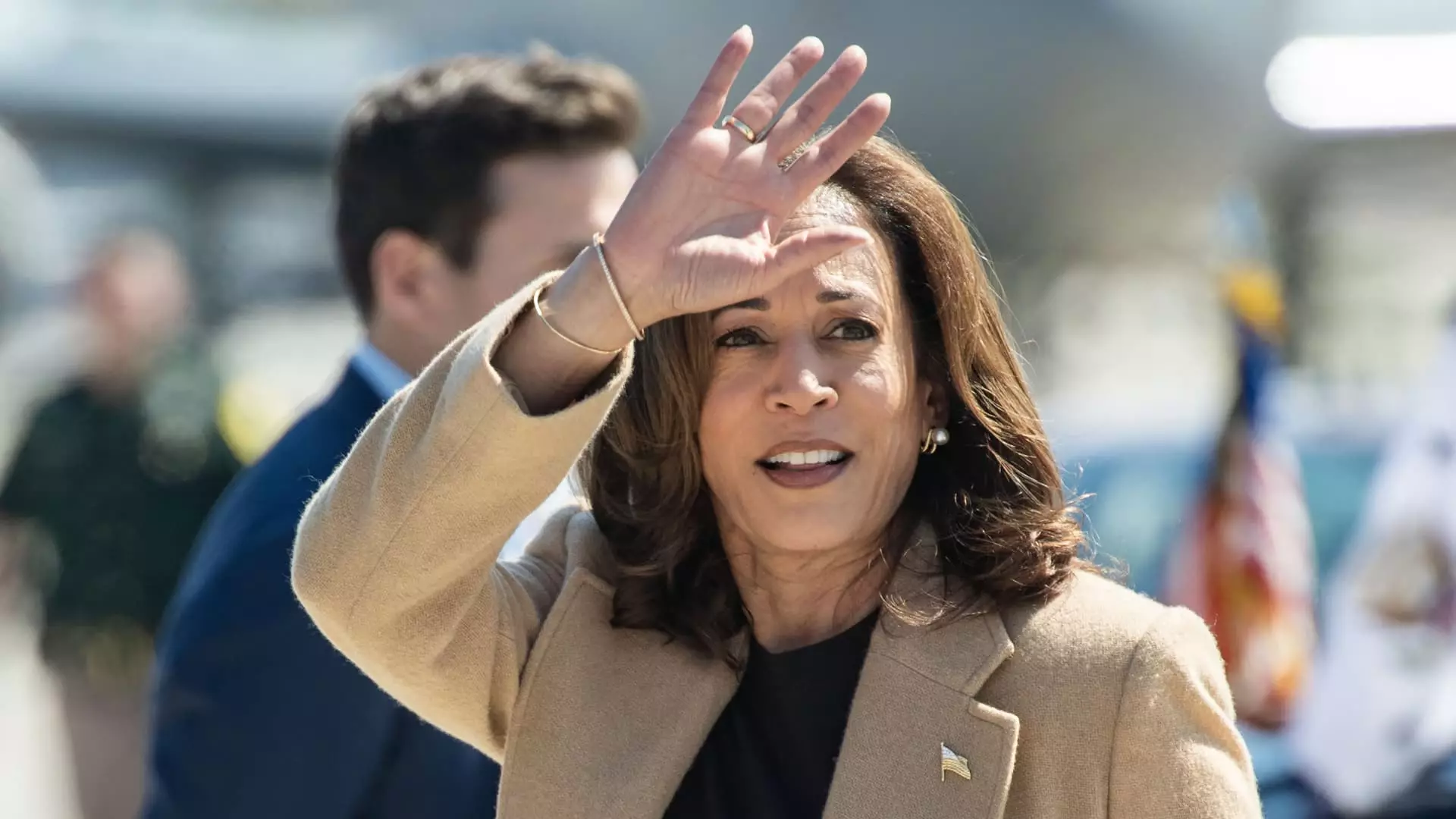Vice President Kamala Harris has put forward a plan to raise the capital gains tax rate for households earning over $1 million annually. This proposed tax hike would affect long-term capital gains, which are assets owned for more than one year, increasing the rate from the current 20% to 28%. According to Harris, the aim of this policy is to incentivize investment in American innovators, founders, and small businesses. While Harris’ tax plan generally aligns with President Joe Biden’s policies, her proposed capital gains rate falls below the 39.6% rate suggested in Biden’s fiscal year 2025 budget.
Under the current tax system, investors pay 0%, 15%, or 20% for long-term capital gains, in addition to a 3.8% net investment income tax (NIIT) for single filers with a modified adjusted gross income (MAGI) exceeding $200,000. Harris’ proposal also includes an increase in the NIIT to 5%, based on a report from The Wall Street Journal. Furthermore, profitable assets held for a year or less are subject to regular income tax rates, which could increase post-2025 if no congressional action is taken.
Financial advisors recommend caution in making any adjustments to investment strategies until the proposed policies become law. Louis Barajas, a certified financial planner, emphasized the need to avoid knee-jerk reactions to potential tax changes. The uncertainty surrounding the control of the Senate and the House in the future makes it essential for investors to stay informed and prepared to adapt their financial plans accordingly.
While former President Donald Trump has advocated for tax cuts, he has not provided a specific proposal for capital gains tax rates. In contrast, The Heritage Foundation’s Project 2025, supported by several conservative organizations, recommended a 15% levy on capital gains for higher earners and the elimination of the NIIT. Despite some former Trump officials’ association with this plan, Trump himself has distanced from its specifics.
Biden’s plan targets taxable income above $1 million annually, with indexing for inflation. However, experts predict that the proposed capital gains hike could impact not just top earners but also lower-income individuals with one-time asset sales. For example, older individuals looking to sell rental properties may need to engage in tax planning to mitigate the implications of the increased rate.
Financial experts suggest several strategies to reduce taxable income and potentially avoid the higher capital gains tax rate. Leveraging capital losses carried forward from previous years is one way to offset gains and lower tax liability. Timing asset sales strategically and considering the impact on other sources of income could also help minimize the tax burden for investors affected by the proposed policy changes.
Vice President Kamala Harris’ proposed increase in the capital gains tax rate has significant implications for high-earning households and potentially extends to individuals with one-off asset sales. As the debate over tax reform continues, investors must stay informed, seek professional guidance, and consider proactive tax planning to navigate the potential impact on their financial portfolios.

